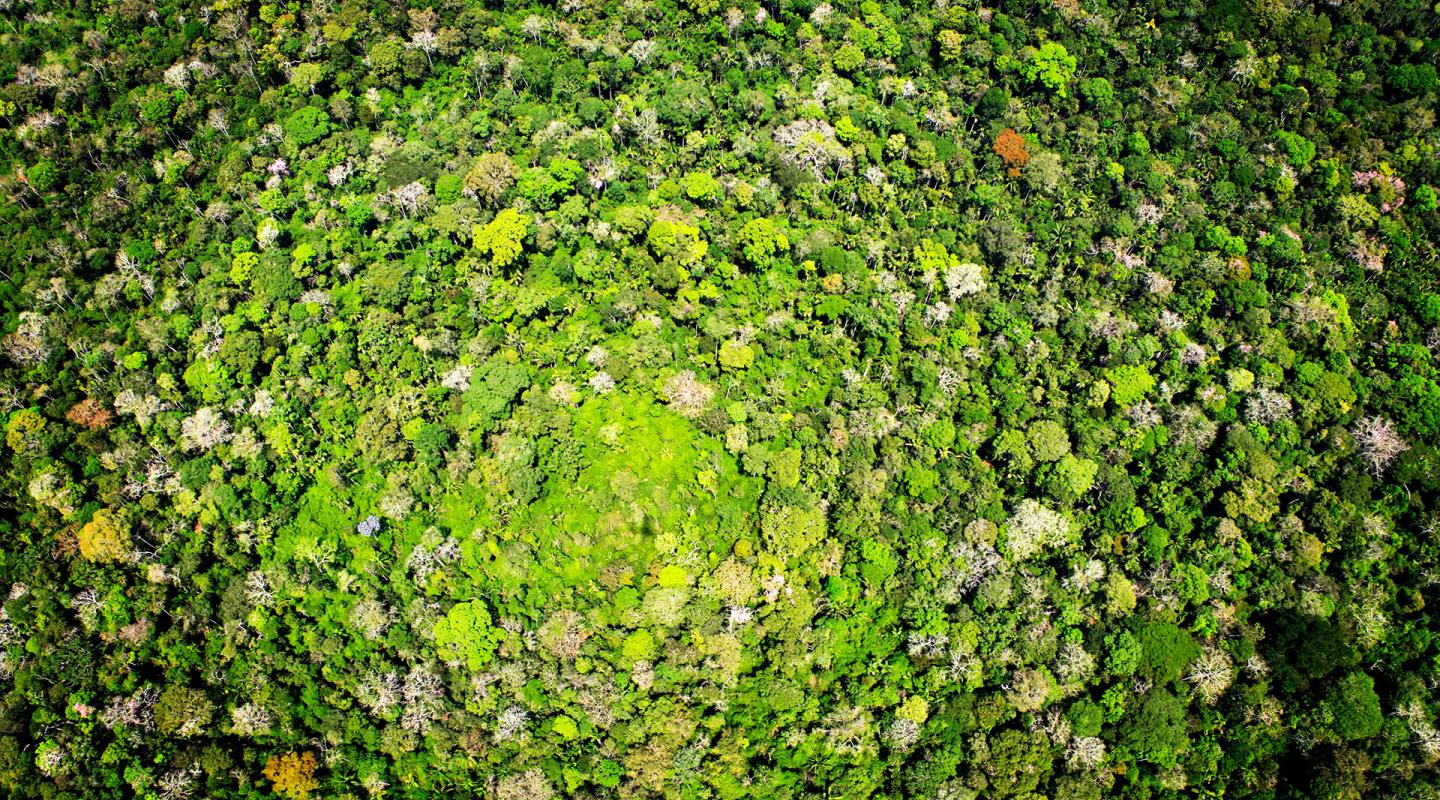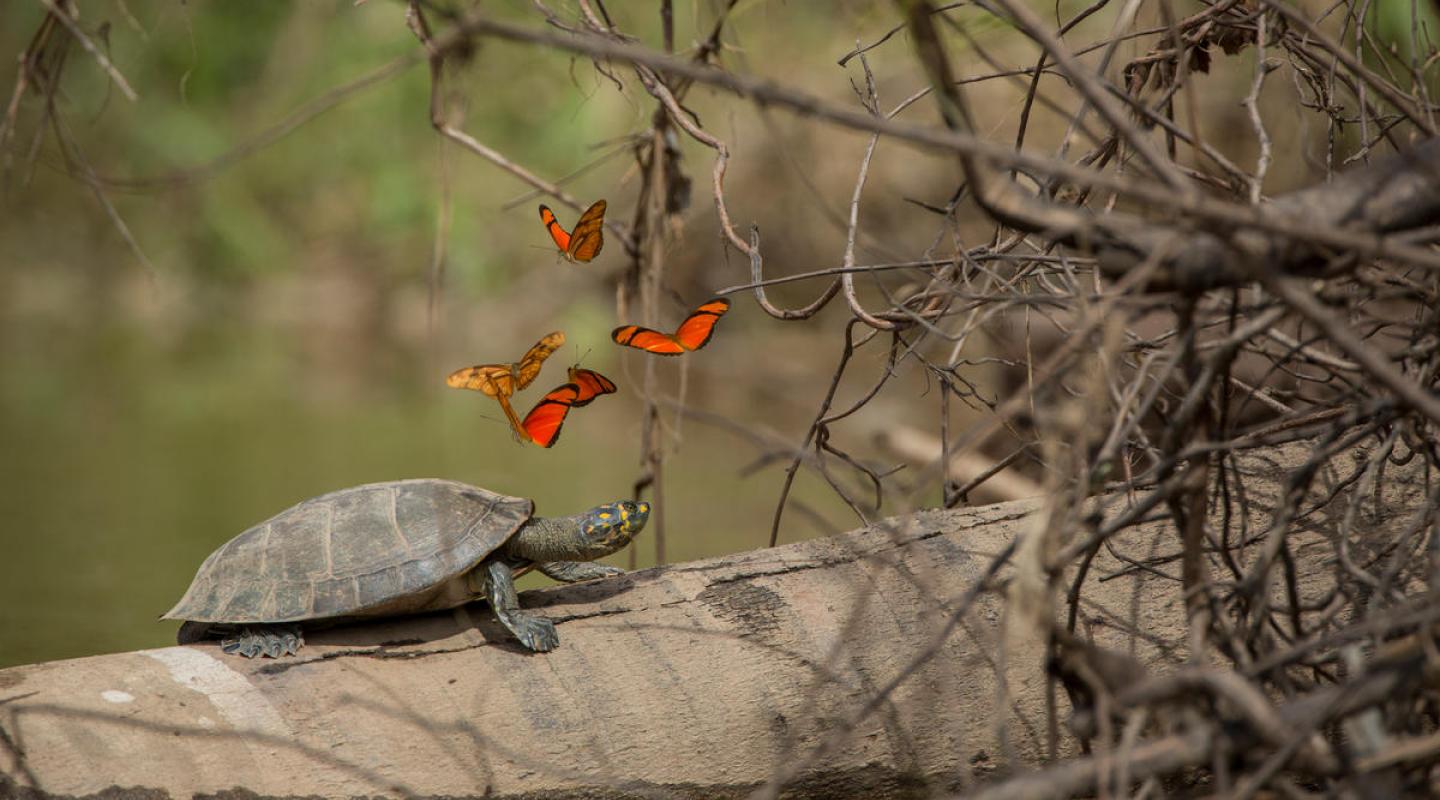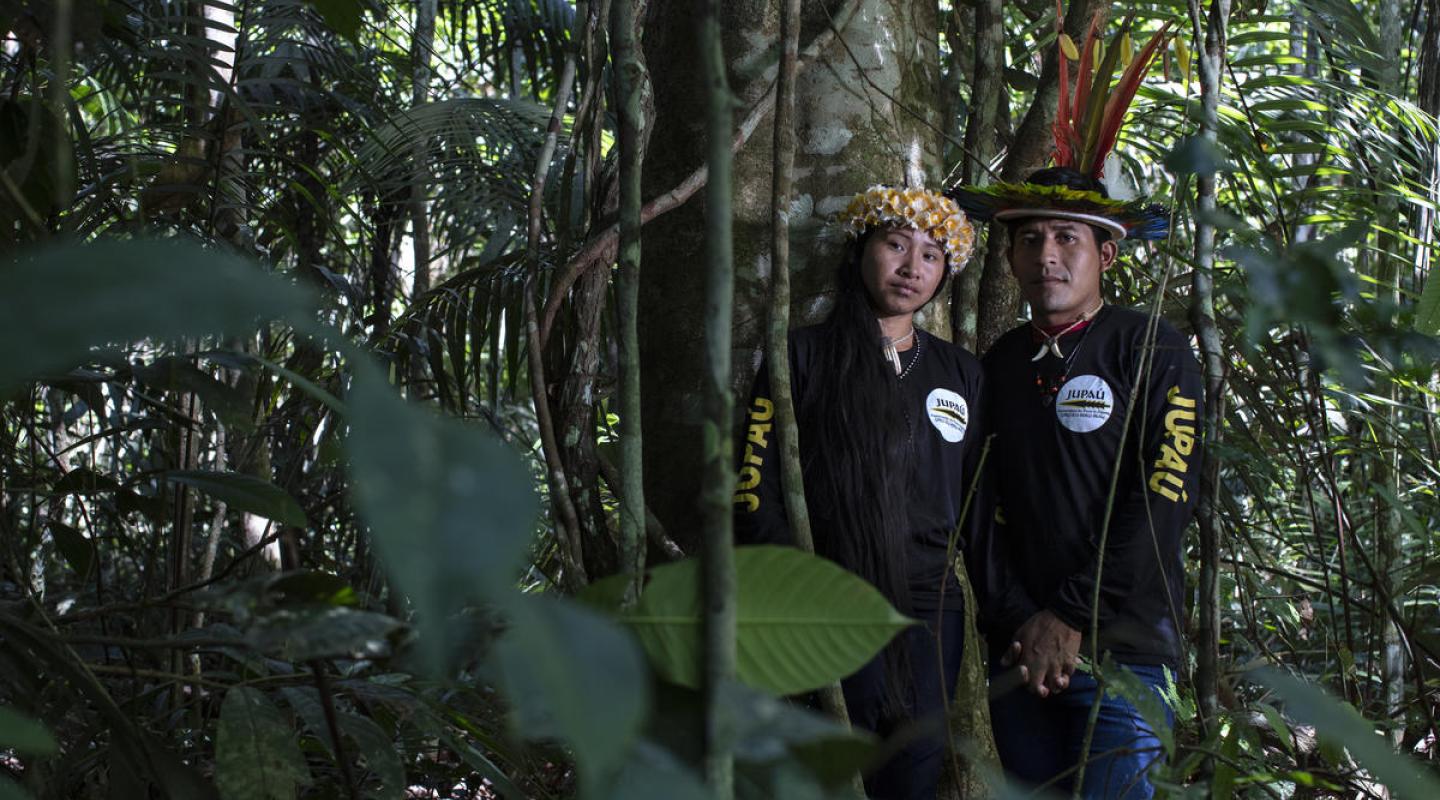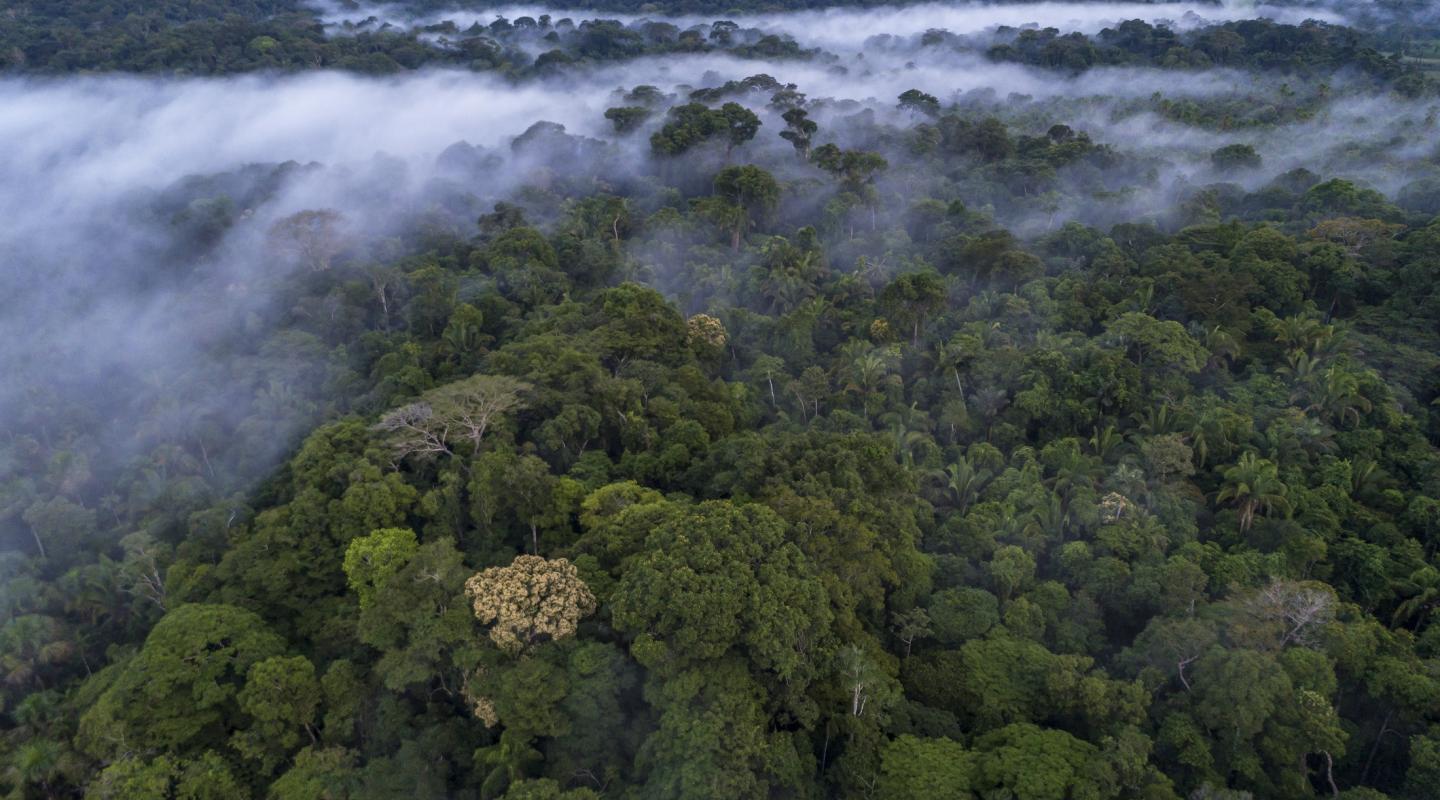The Amazon rainforest stands as Earth’s most significant natural environment, spanning a vast expanse across South America. This extensive jungle ecosystem represents the planet’s most extensive tropical rainforest, functioning as a vital ecological cornerstone for global biodiversity and climate regulation. When we consider the magnitude of the Amazon rainforest, we’re confronted with numbers that challenge comprehension – covering an area twice the size of India and spanning eight countries, this green landscape has rightfully earned its title as the “lungs of the planet.”
The complex network of life within this ancient rainforest has evolved over millions of years, creating intricate interdependencies among countless species. As climate change threatens ecosystems worldwide, the Amazon jungle serves as both a vulnerable target and a potential solution to environmental challenges. The dense canopy of this significant rainforest creates its own microclimate, generating rainfall patterns that influence weather systems across continents. Despite its critical importance, human activities continue to threaten this irreplaceable environment, making conservation efforts more urgent than ever before.

- Aerial view of the Amazon’s expansive rainforest canopy, illustrating the jungle’s immense geographical footprint. Source: wwf.org.uk
The Amazon rainforest sprawls across an astonishing 6.7 million square kilometers, an area that dwarfs most countries and equals roughly 28 times the size of the United Kingdom. This massive jungle stretches across eight countries and one overseas territory in South America, creating a green blanket visible from space. At its core stands an estimated 400 billion trees – a forest so vast that it defies easy comprehension. These ancient trees don’t merely provide habitat; they actively shape the climate of an entire continent by releasing 20 billion tonnes of water vapor daily into the atmosphere.
The water system of the Amazon rainforest extends far beyond its borders, effectively functioning as a massive atmospheric river that generates rainfall throughout South America. A single large tree in this ecosystem can release over 1,000 liters of water in just 24 hours – equivalent to filling ten average bathtubs. This remarkable process, known as evapotranspiration, creates air currents of moisture that travel, delivering rainfall to agricultural regions thousands of kilometers away. Without this natural water cycle created by the Amazon’s forests, much of South America would experience drastically different precipitation patterns, potentially transforming fertile farmlands into arid landscapes.

- Butterflies and a yellow-spotted river turtle: a glimpse into the Amazon’s diverse species. Source: wwf.org.uk
The Amazon rainforest represents an unparalleled collection of biodiversity, hosting approximately 10% of all known species on Earth within its boundaries. This jungle serves as nature’s laboratory for evolution, where specialized adaptations have produced some of the planet’s most remarkable creatures. The density of wildlife information associated with the Amazon is staggering – scientists discover a new species every other day on average, highlighting how much remains unknown in this ecological system. From poison dart frogs whose skin secretions could revolutionize medicine to insects mimicking leaves with photographic precision, the rainforest continuously reveals nature’s boundless creativity.
The complex three-dimensional structure of the Amazon rainforest creates countless ecological spaces, allowing species to specialize in ways impossible in less diverse environments. From the forest floor to the towering canopy 200 feet above, each layer supports unique communities of plants and animals. Wildlife information about the Amazon’s water systems is equally impressive – its river systems contain more fish species than any other river basin on Earth, including the mysterious electric eel capable of generating 600-volt shocks to stun prey. The rainforest’s biodiversity isn’t merely fascinating; it represents an irreplaceable genetic library holding solutions to challenges in medicine, agriculture, and technology that humanity has yet to discover.

- Awapy Uru Eu Wau Wau and his wife, Juwi Uru Eu Wau Wau, representing the Amazon’s rich cultural heritage. Source: wwf.org.uk
The Amazon rainforest is far from an uninhabited wilderness; it pulses with human activity as home to 47 million people, including over 2 million indigenous inhabitants representing diverse cultural traditions. These communities have developed profound knowledge of the jungle’s resources over thousands of years, cultivating sophisticated relationships with their environment. The wildlife information shared through indigenous knowledge systems often predate scientific discoveries by centuries, demonstrating the depth of understanding these cultures possess about rainforest ecosystems. More than 400 different indigenous groups – the highest concentration of such diversity on Earth – maintain distinctive cultural identities within the Amazon basin.
The cultural wealth of the Amazon manifests through approximately 300 indigenous languages echoing through the rainforest, each representing a unique worldview and relationship with the natural environment. Many of these rainforest communities maintain traditional practices that effectively conserve biodiversity while meeting their needs, contradicting notions that human presence and ecosystem health are inherently opposed. Indigenous territories often show lower deforestation rates than unprotected areas, highlighting the importance of securing land rights for these communities as a conservation strategy. The knowledge systems developed by Amazonian peoples represent invaluable cultural heritage containing sophisticated understandings of medicinal plants, sustainable harvesting techniques, and ecological management practices developed over countless generations.

- Amazon Mist: Symbolizing the rainforest’s climatic importance and the challenges it faces. Source: wwf.org.uk
The Amazon rainforest serves as Earth’s most crucial carbon storage area, sequestering an estimated 150-200 billion tons of carbon within its forests and soils – a service that proves indispensable in our fight against climate change. This massive carbon storage capacity effectively removes greenhouse gases from the atmosphere, helping regulate global temperatures and weather patterns. However, this vital ecosystem faces unprecedented threats, with deforestation continuing at alarming rates – approximately five football fields of rainforest disappear every minute. The first nine months of 2022 recorded the highest deforestation rates in the Brazilian Amazon since 2016, driven primarily by cattle ranching, agriculture expansion, illegal logging, mining operations, and land speculation.
The environmental challenges confronting the Amazon have reached critical proportions, with approximately 17% of the original rainforest already lost – an area equivalent to the entire nation of France. Scientists warn that the Amazon approaches a dangerous tipping point where deforestation combined with climate change could trigger an irreversible transformation of the ecosystem. Research indicates that a third of the Amazon has already experienced at least one of three key risk factors: reducing rainfall, increasing dry season length, or accumulated deforestation exceeding 20%. Should this tipping point be reached, the rainforest could no longer sustain itself, potentially converting large areas into savanna. This transformation would release massive amounts of stored carbon, accelerating global warming while simultaneously eliminating one of our most powerful tools for carbon sequestration.
